Category: Soil
Categories

Choosing Nature’s Calving Season
Estimated reading time: 9 minutes
Noble Ranches have increased cow-calf enterprise gross margins by shifting spring calving two months late...
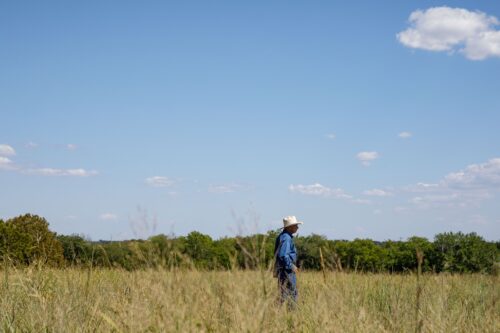
Simple ways to measure soil health improvements in real time
Estimated reading time: 6 minutes
Tap into your observational senses to mark progress anytime you’re out in your pastures.
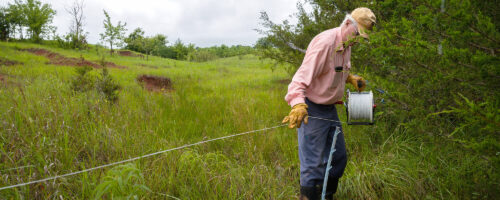
How to Find Tenants Who Will Take Care of Your Soil
Estimated reading time: 5 minutes
Shared goals and long-term mindsets make the best partnerships for regenerative management of leased land...
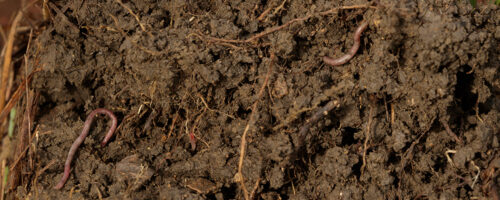
How To Measure Soil Health With The Haney Test
Estimated reading time: 6 minutes
Tools to Start Your Soil Health Journey
Estimated reading time: 5 minutes
There’s no silver bullet, definite answer or formulaic ‘how to’ in regenerative ranching.
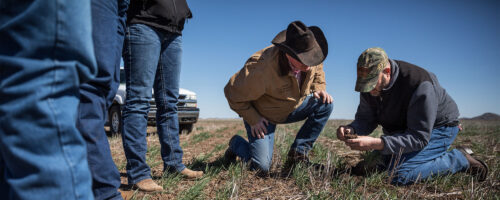
Look for These Soil Health Indicators in the Field
Estimated reading time: 8 minutes
Soil health is often defined as “the continued capacity of the soil to function as a vital, living ecos...
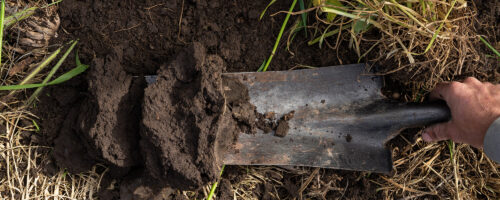
The Fundamental Principles of Regenerative Agriculture and Soil Health
Estimated reading time: 10 minutes
There is no step-by-step process to regenerative agriculture, but there are a few fundamental principles...

Make Your Soil Work For You To Optimize Ranch Production And Profit
Estimated reading time: 10 minutes
Optimizing your ranch’s soil health can help reduce inputs, increase available forage and improve your...
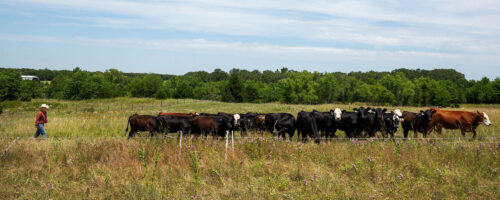
How Strategic Soil Disruptions Benefit Soil Health on Our Ranches
Estimated reading time: 8 minutes
Not all soil disruptions are bad. Choosing the right mix for your ranch can pay off in improved diversity...

Break the Tillage Habit To Increase Soil Health on Your Ranch
Estimated reading time: 7 minutes
Noble Research Institute consultant Mike Porter shares four ways ranchers can address management needs an...

Soil Carbon 101: Determining If Soil Carbon Storage Markets Are Right For You
Estimated reading time: 5 minutes
Soil and Water Relationships
Estimated reading time: 5 minutes
By understanding a little about the soil's physical properties and its relationship to soil moisture, you...
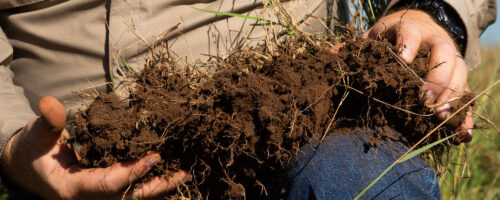
Building Soil Organic Carbon With Plant Roots
Estimated reading time: 7 minutes
Soil organic carbon is an essential piece of regenerating the health of grazing lands and requires a look...
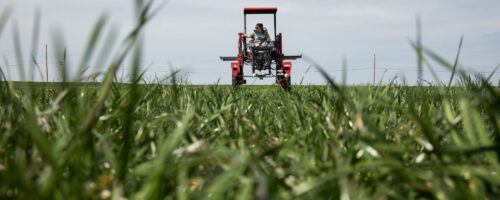
Sensing the Soil
Estimated reading time: 2 minutes
The land is becoming less of a mystery with the help of technology.

Not All Rainfall Is Effective
Estimated reading time: 6 minutes
Generally speaking, a 1% increase in organic matter corresponds to an increase in soil water-holding capa...

Understanding Soils With the Help of Sensors
Estimated reading time: 6 minutes
Noble researchers are using sensors to gain a better understanding of the effects of tillage and cover cr...